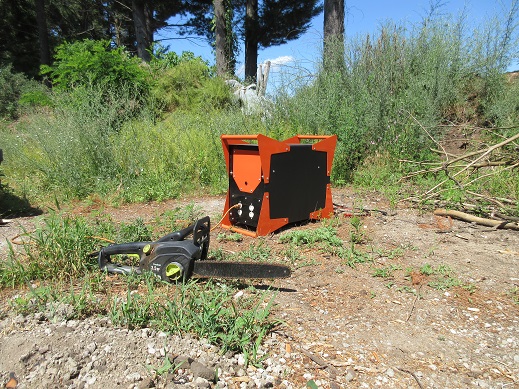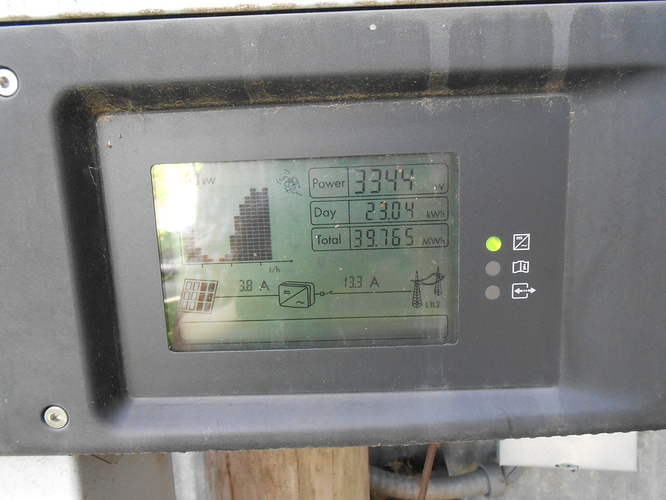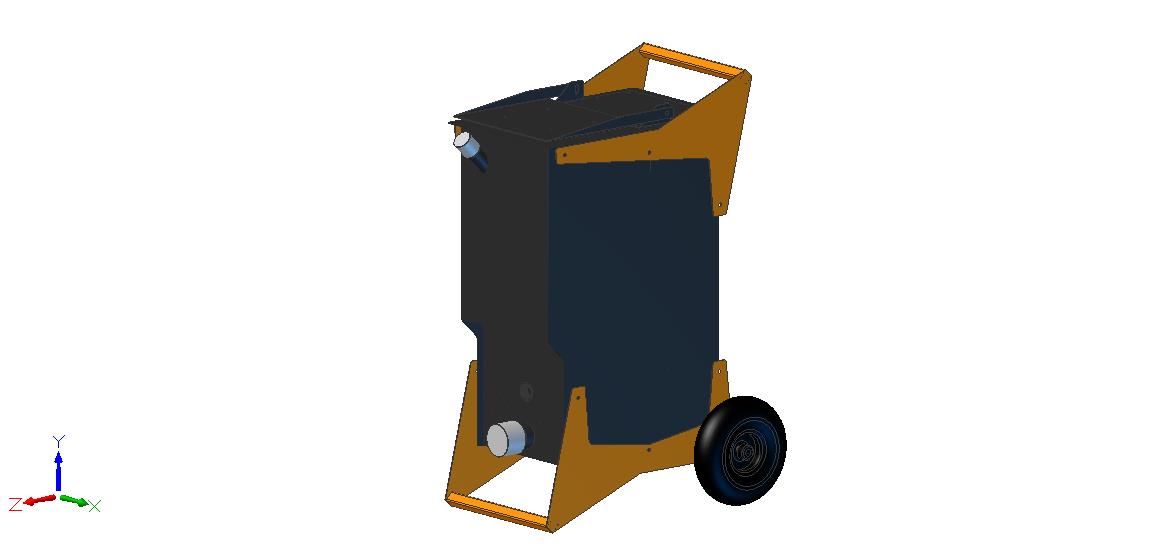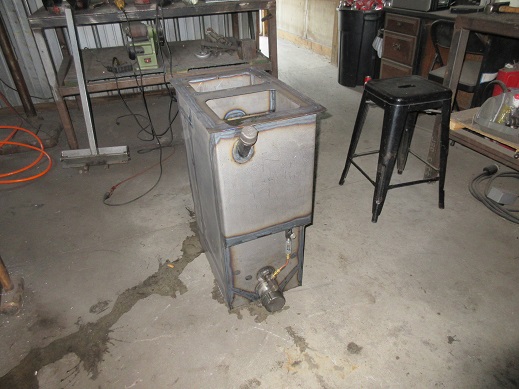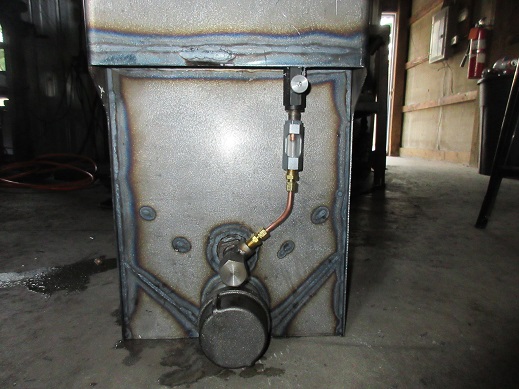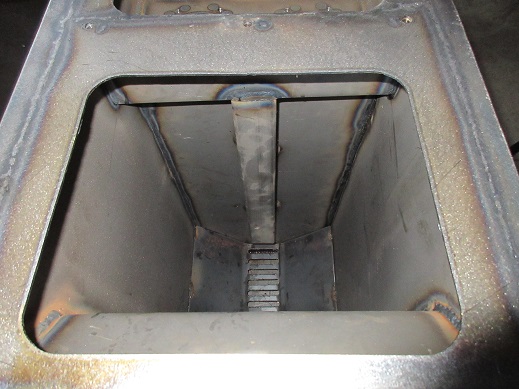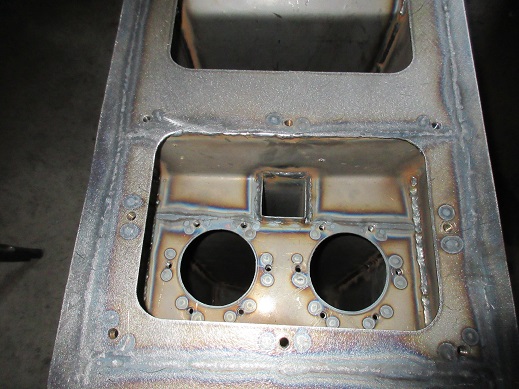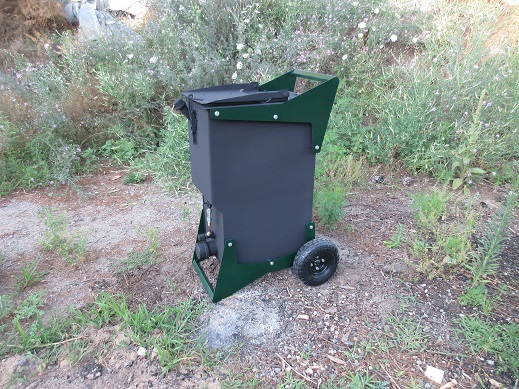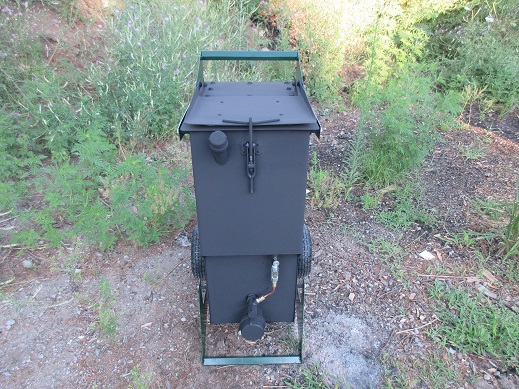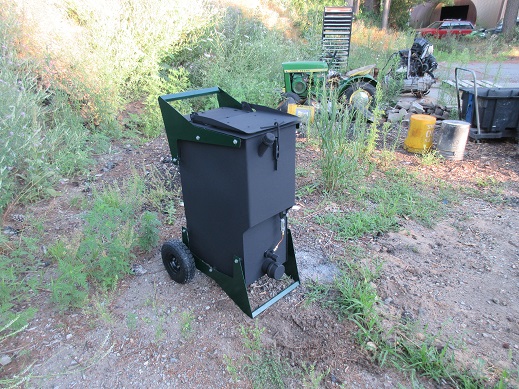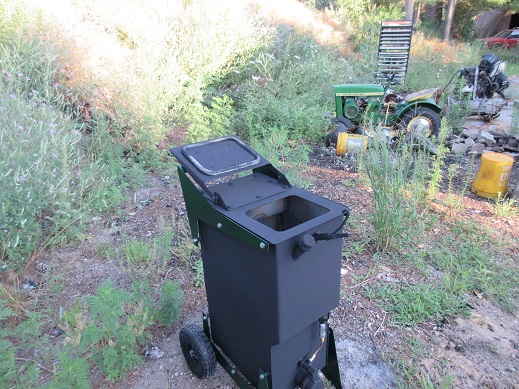I tried to buy this , They asked for 35 thousand dollars I asked if that included car .
I saw similar unit from Japan for $2000. saw a leaf battery from wreck as is $3000. and reusing
electric vehicle battery pack is a thing again I spent $6000 on lead .
Tokyo, March 9, 2012 - Mitsubishi Motors Corporation (MMC) announced today that it will bring to market on April 27 the new MiEV power BOX power feeder which is capable of supplying large amounts of electrical power from an electric vehicle (EV). Supplied by a Mitsubishi Group affiliate, the MiEV power BOX will be offered as a dealer option for the company’s i-MiEV *1 and MINICAB-MiEV EVs and will carry a manufacturer’s recommended tax-inclusive price of $1394.14
*1: Mitsubishi innovative Electric Vehicle
The MiEV power BOX is an adapter that plugs into the i-MiEV or MINICAB-MiEV’s quick charging connector and is capable of supplying up to 1500 watts of AC electricity from the power stored in the vehicle’s drive battery. It has been designed mainly to power household electrical appliances either when away from home or in an emergency. When connected to a fully-charged 16.0 kWh battery-equipped model the MiEV power BOX can supply 1500 watts of power for between five and six hours, equivalent to the amount consumed by an average Japanese household in a single day.
Much attention is currently being focused on the storage capabilities of high capacity EV batteries as a power source for use in major disasters and other emergencies. This comes at a time when solar power, wind power, and other recyclable energy sources are being promoted and the near-future implementation of “smart grids” which will allow the more effective use of electrical power. More and more people are looking to the EV both in terms of its traditional role of addressing environmental issues and also as a means of addressing ever-growing pressures on the demand and supply of energy. To meet these expectations MMC is pushing forward research and development into related technologies, one of which is the MiEV power BOX.
The Quasar will cost about $4,000—possibly subsidized to less by utility partnerships—and made its premiere for the U.S. at CES in January.
It will be available here later in 2020, according to Wallbox, but it will only be initially usable by those who have a vehicle with native CHAdeMO DC fast charging, like the Nissan Leaf
The Leaf and most other CHAdeMO vehicles are capable of bi-directional charging “out of the box.” It’s just not a capability that Nissan has ever taken advantage of for home customers in the U.S.
“For a normal home setup with a grid-tied Quasar, you don’t need any special hardware as the vehicles are already enabled for bidirectional charging, and if you are in a utility territory where you can send energy back onto the grid, you would observe all permits for interconnection to the grid,” said Doug Alfaro, Wallbox general manager for North America.
United States Air Force Unveils Plug-In Electric Vehicle Fleet at Los Angeles Air Force Base
Princeton Power Systems Demonstrates EV Fast-Charger That Provides 100 Miles of Range in 20 Minutes With Additional Vehicle-to-Grid Capabilities
Email Print Friendly Share
November 14, 2014 11:00 ET | Source: Princeton Power Systems
PRINCETON, NJ–(Marketwired - Nov 14, 2014) - Princeton Power Systems, Inc., a leader in global design and manufacturing of technology products and embedded software for energy management, micro-grid operations, and electric vehicle charging, took part today in the unveiling of a unique Plug-In Electric Fleet on November 14th at 10:45am at The Gordon Conference Center at the Los Angeles Air Force Base in California (LAAFB). Princeton Power Systems designed and delivered a fleet of bi-directional electric vehicle charging stations that can both rapidly charge the passenger vehicles and provide grid-support services back to the electric utility and grid operator. Princeton Power Systems was called upon to be a key contributor to the ground-breaking project due to the proven reliability and flexibility of its UL-listed GTIB product family, and the company’s track record of successful military and commercial Microgrid projects.
Princeton Power Systems delivered and commissioned thirteen CHAdeMO-compliant fast-charging stations based on the UL-Certified bi-directional multi-port converter; the GTIB-30. The new charging station products, named the CA-15 and CA-30, are capable of 15 kW and 30 kW charging rates respectively. Working directly with electric vehicle OEMs and third-party fleet-management software aggregators, Princeton Power played a vital role in developing the LAAFB solution, enabling the vehicles to compete in the electrical utility ancillary service markets and provide energy services to the Department of Defense (DOD) facilities. The ancillary service revenues will partially offset the EV fleet lease expense, while also providing the potential to improve energy security on base.
"The Department of Defense and Princeton Power Systems share the view that electric vehicle fleets can have long-term cost, logistics, fuel diversity, and environmental benefits,"said Darren Hammell, Chief Strategy Officer and Co-Founder, Princeton Power Systems. “In conjunction with the fast-charging, bi-directional CA-15 charging stations, the vehicles at the Los Angeles Air Force Base also can provide valuable services to the electric grid, further increasing the economic and environmental sustainability of this unique solution.”
“We absolutely couldn’t have done this without our federal, state and private partners,” said Miranda Ballentine, assistant secretary of the Air Force for installations, environment and energy. “The shared investment and commitment by our partners illustrates that innovations such as this have value not only to the Air Force and Department of Defense, but to the nation as a whole.”
During normal usage, the charging stations will rapidly charge the electric vehicles directly from the electric grid, enabling LAAFB personnel to utilize the electric vehicles as transportation within the base and the region. When called upon to support a vehicle-to-grid request, the electric vehicle’s on-board battery can be discharged rapidly directly into the grid. The rate of charging and discharging, and communication with the car and the grid, are all managed by the CA-15 charging station in a safe and reliable manner, meeting all local and national grid-interconnect codes. In addition to supporting the efficiency and reliability of the distribution system, the charging station and vehicle can provide demand response, VAR support, frequency regulation, and other operating modes.


